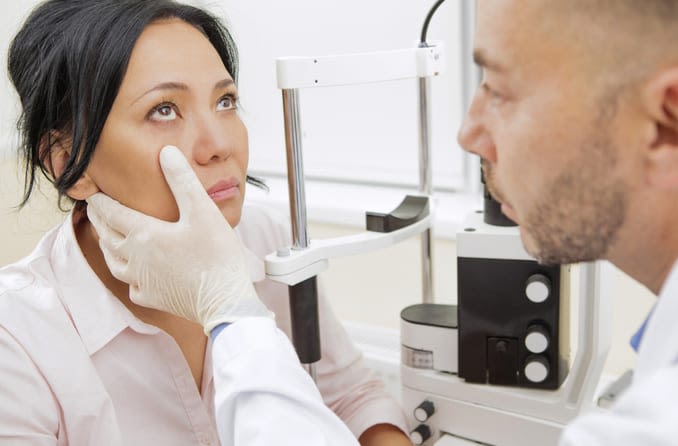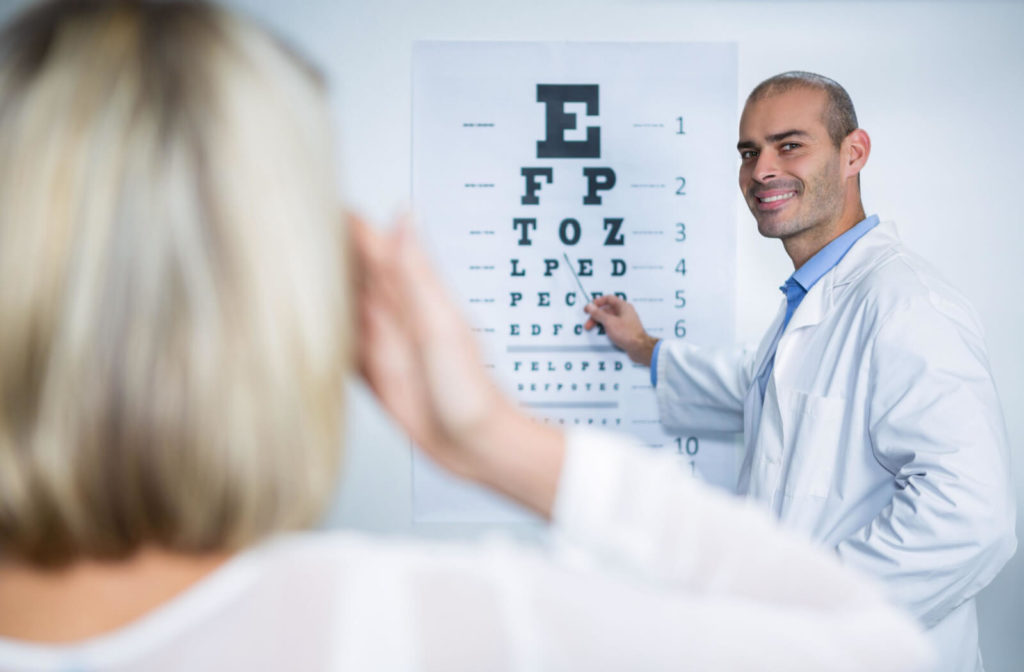Check Out the Best Optometrist Chino for Comprehensive Eye Care
Check Out the Best Optometrist Chino for Comprehensive Eye Care
Blog Article
Discovering the most recent Technological Developments in Optometry and What They Mean for Optometrists
From the accuracy of Optical Comprehensibility Tomography to the nuanced understandings offered by AI-driven analysis devices, these innovations are establishing new criteria in client assessment and treatment. As these developments penetrate the technique, eye doctors are faced with the obstacle of welcoming these tools to boost patient results.
Technologies in Diagnostic Tools
Advancing the field of optometry, innovations in analysis devices have actually transformed the way eye treatment professionals assess and detect visual problems and eye problems. The previous decade has actually observed considerable technological advancements, making it possible for even more precise and detailed analyses.
An additional secret technology is the intro of innovative corneal topography systems, which map the surface curvature of the cornea with precision. These devices are specifically valuable for fitting call lenses and detecting corneal problems. Digital retinal imaging has actually changed conventional ophthalmoscopy, providing detailed, panoramic views of the retina that assist in extensive aesthetic examinations.
The advancement of wavefront aberrometry has likewise been crucial, allowing the evaluation of refractive mistakes with unrivaled accuracy (Optometrist Chino). This technology aids in customizing restorative lenses and improving surgical end results for refractive surgical treatments. Collectively, these diagnostic innovations encourage optometrists to deliver superior client care, guaranteeing early treatment and tailored treatment methods, eventually enhancing aesthetic health end results
AI in Patient Management
Building on the foundation of advanced diagnostic devices, the incorporation of synthetic intelligence (AI) in person monitoring represents a transformative jump for optometry. AI systems are significantly used to boost performance, precision, and personalization in patient care. By evaluating vast amounts of data, AI can identify patterns and forecast prospective ocular problems, making it possible for eye doctors to tailor treatments more successfully. This capability is essential in taking care of persistent eye illness such as glaucoma and diabetic retinopathy, where very early detection and continual surveillance are crucial.
Additionally, AI-driven platforms help with structured patient communications and management processes. Automated organizing, online consultations, and customized follow-up strategies not only boost client satisfaction however additionally optimize time management for professionals. These systems can triage patients based upon the seriousness of their conditions, making sure that those in critical requirement obtain prompt interest.
In addition, AI enhances decision-making by supplying eye doctors with evidence-based referrals and treatment pathways. By incorporating information from digital health documents, AI devices supply insights that educate scientific decisions, minimizing the threat of errors and improving client results. As AI continues to progress, its duty in person administration will likely increase, improving the landscape of optometric treatment.
Advances in Retinal Imaging
In the realm of optometry, retinal imaging has witnessed impressive technological developments that are boosting analysis capabilities and person treatment. Developments such as Optical Comprehensibility Tomography (OCT) and fundus digital photography have revolutionized just how eye doctors evaluate the retina and imagine.
Improved imaging modalities like OCT angiography are additional refining analysis precision. Optometrist Chino. Such innovations help with the recognition of min retinal modifications that might represent illness progression.
Furthermore, improvements in expert system are boosting retinal imaging by allowing automated analysis of big datasets. These systems aid eye doctors in recognizing patterns indicative of pathology, consequently enhancing analysis precision and performance. Jointly, these advancements are transforming retinal imaging right into a cornerstone of contemporary eye care, boosting outcomes and expanding resource restorative opportunities.
Teleoptometry's Expanding Duty
Teleoptometry is progressively coming to be a crucial part of eye treatment, driven by innovations in digital interaction and diagnostic tools. As optometry accepts electronic transformation, teleoptometry assists in remote consultations, enabling eye doctors to extend their services beyond typical boundaries. This is especially beneficial in country and underserved locations where accessibility to specialized eye treatment is typically restricted. By leveraging high-resolution video conferencing and advanced retinal imaging, optometrists can carry out extensive eye exams from afar, guaranteeing timely medical diagnosis and therapy.
The integration of expert system (AI) additional enhances teleoptometry, allowing the analysis of visual information and helping in the discovery of ocular conditions such as glaucoma and diabetic person retinopathy. AI-powered algorithms can quickly interpret complex imaging information, offering eye doctors with valuable understandings that boost medical decision-making.
Moreover, teleoptometry sustains continuity of treatment with seamless assimilation with electronic wellness records (EHRs), enabling eye doctors to maintain detailed client histories. This guarantees that people receive constant and tailored care also when seeking advice from different practitioners.
In spite of these advantages, challenges stay, consisting of making sure data safety and taking care of person expectations. Teleoptometry represents a considerable stride in the direction of more accessible, effective, and patient-centered eye treatment. As innovation progresses, its function is poised to expand even more.

Future Patterns in Eye Care
A myriad of innovative fads is readied to reshape the future of eye care, driven by technical improvements and the evolving needs of people. One substantial fad is the assimilation of fabricated knowledge (AI) in diagnostics, which guarantees to enhance the precision and efficiency of eye evaluations. AI algorithms can analyze vast amounts of data from retinal images, possibly discovering conditions like diabetic retinopathy and glaucoma earlier than typical approaches.
Furthermore, tailored medicine is obtaining grip in optometry, with genetic testing educating personalized treatment strategies. This method aims to maximize individual outcomes by tailoring interventions to specific genetic accounts. Wearable technology, such as wise contact lenses, is also coming up, using real-time tracking of intraocular pressure or glucose degrees, hence giving constant understandings into systemic and eye health.
The fostering click here to read of augmented fact (AR) and virtual truth (VR) in training and patient education and learning is an additional arising pattern. These technologies offer immersive experiences that can boost understanding and skills both for patients and optometrists. As these patterns progress, eye doctors should remain abreast of technological advancements to supply sophisticated treatment, making certain improved individual end results and complete satisfaction in the dynamic landscape of eye care.
Verdict

Collectively, these analysis improvements empower eye doctors to provide premium individual treatment, making sure early treatment and customized therapy techniques, ultimately boosting visual health end results.

As these technologies proceed to evolve, eye doctors must adjust and incorporate them into method, eventually optimizing process efficiency and raising the requirement of eye care provided to patients.
Report this page